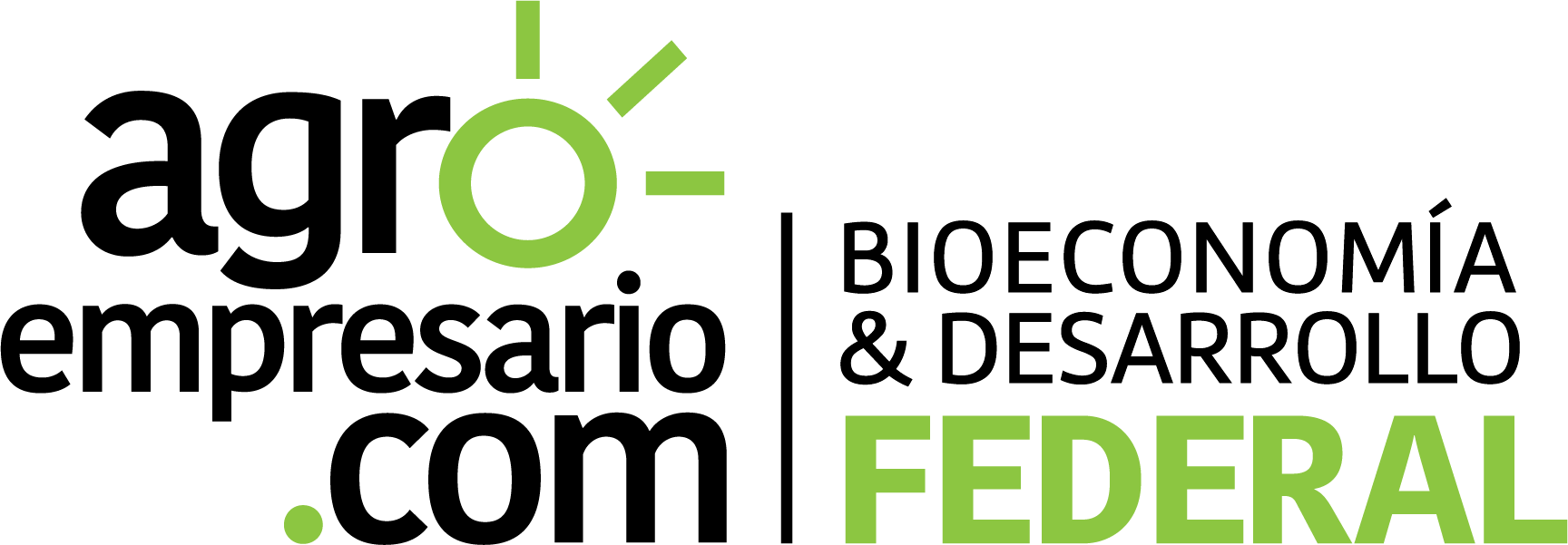
By Agroempresario.com
A groundbreaking new study from the European Alliance for Regenerative Agriculture (EARA) reveals that regenerative farming systems—ranging from agroecology to conservation agriculture and organic practices—not only match but often surpass conventional agriculture in terms of yield, ecological performance, and long-term sustainability.
Led by farmers and supported by agronomists and researchers, this first-of-its-kind report evaluates the real-world performance of 78 regenerative farms across 14 European countries. The findings challenge long-held assumptions about industrial agriculture and propose a scalable model for a food system that benefits both people and the planet.
At the heart of the study lies the concept of Regenerating Full Productivity (RFP), a new performance metric co-developed by EARA farmers to better reflect ecological and economic success in farming. Unlike conventional models that focus purely on short-term yield, RFP evaluates multiple indicators: soil regeneration, biodiversity, nutrient use, and input reduction.
The results are striking. Regenerative farms achieved:
In essence, regenerative systems are doing more with less, creating robust food systems while minimizing environmental harm.

One of the key voices behind the report is Sheila Darmos, cofounder and managing director of The Southern Lights, a Greece-based nonprofit dedicated to regenerative agroforestry and education. Also an EARA farmer, Darmos champions a vision of agriculture that is “climate-positive, locally adapted, and economically resilient.”
“With EARA we are pioneering ways to help ever more farmers embark on similar journeys,” she explained. Her farm integrates agroforestry, holistic grazing, and local feed systems—models that are now proven to work at scale, according to the study.
“This study tests the hypothesis that pioneering regenerating farmers can match or outperform average conventional counterparts—not only in yield, resilience, and climate performance, but also in the regeneration of soils, ecosystems, and biodiversity,” reads the report.
Conducted between 2021 and 2023, the study’s first phase is both a scientific inquiry and a call to action. With comprehensive data gathered from satellite imagery, field-level measurements, and farmer observations, it provides a robust foundation for policymakers and farmers alike to embrace regenerative methods.
According to EARA cofounder and scientist Dr. Yann Boulestreau, the findings should dismantle the idea that intensive chemical agriculture is necessary to feed Europe. “Restoring ecosystems while being productive and profitable is not a dream of some theory-lovers sitting in offices. It is what pioneer farmers are achieving on their fields throughout Europe.”
One of the study's most impactful revelations is how regenerative systems can strengthen Europe’s food sovereignty. While conventional farms in the EU rely on imported livestock feed—often from outside the continent—EARA farmers managed similar yields using exclusively regional resources.
The climate implications are equally profound. If EARA's methods were scaled across Europe, the study estimates a reduction of 141.3 million metric tons of CO₂ equivalent per year—equal to 84% of net emissions from the EU's agricultural sector.
After a three to seven-year transition, EARA claims the agricultural system in Europe could become “nature and climate positive”, ensuring both food and fiber security.

The report doesn’t just present data—it issues a clear invitation: follow the lead of the pioneers. For this to happen, EARA insists that policymakers must reward ecological stewardship, and educational institutions must embed regenerative principles into agricultural training.
“Our data proves that this transformation is viable, urgent, and already underway,” Darmos emphasizes. “Now we must create the incentives and systems that help other farmers join this movement.”
As Europe continues to grapple with soil degradation, biodiversity loss, and the climate crisis, regenerative agriculture may well be the most grounded and actionable solution available—led not by theory, but by farmers in the field.
